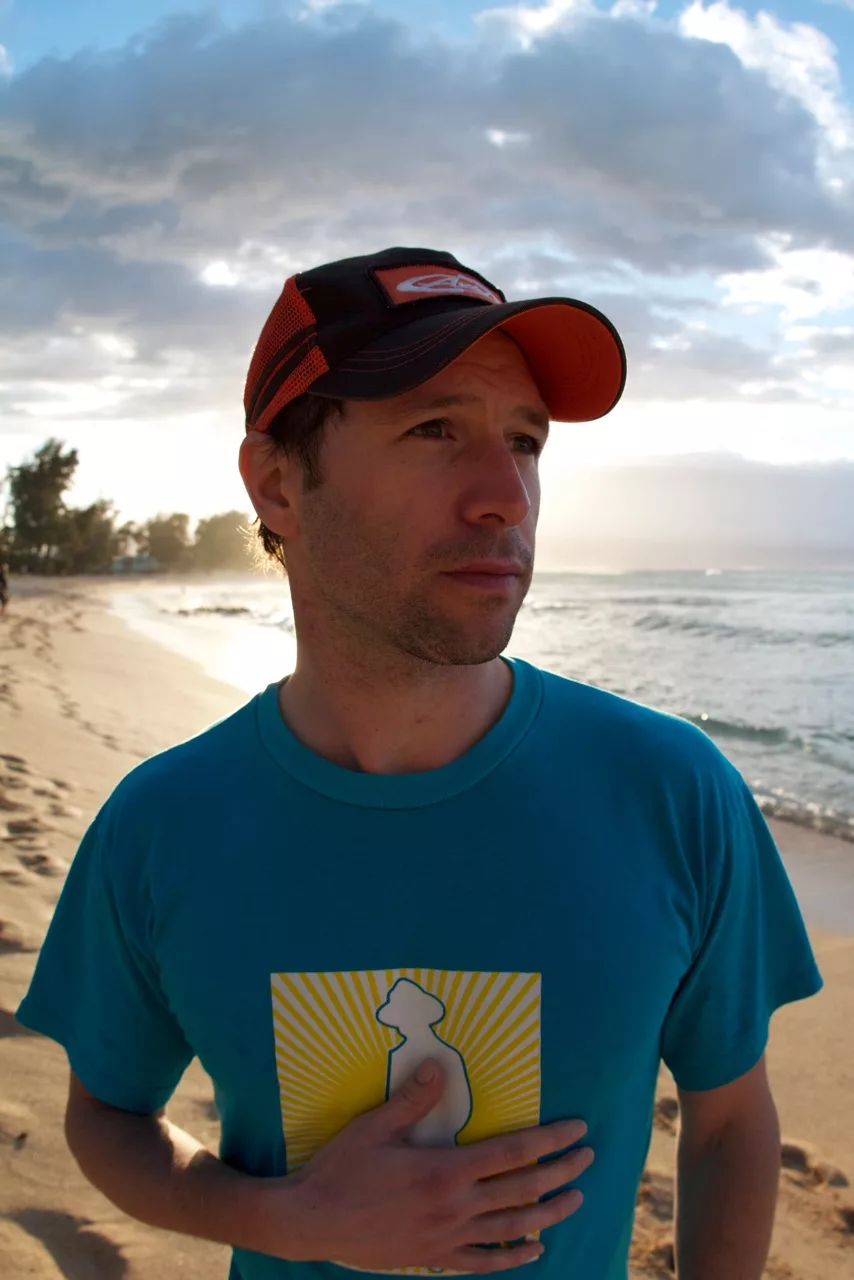Foundation Training: The Fitness Regimen You Need In Your Life
In the year leading up to the 2012 Summer Olympics in London, Martin Reader had never been stronger. For good reason. The Vancouver Island-born beach volleyball player was jockeying for a chance to represent Canada at the games.
“In the off-season I had done four months of intense CrossFit and I was insanely strong,” he says. “Too strong.”
When he hit the sand after a winter off he’d lost his movement, his finesse. Despite all the muscle—probably because of it—within a few weeks playing he herniated two vertebrae in his lower spine. It was the worst possible timing.
But within three months he was back spiking in the sand, a more complete athlete than ever before. He made the national team and competed in London. He credits his comeback to Foundation Training, a fitness regimen designed by a chiropractor and now steadily gaining interest and adoption by a growing team of world-class athletes and regular joes.
“It resonated with me because it taught me to move my body in a way that felt natural, like I am supposed to move,” says Reader, now a certified Foundation Training instructor and movement leader at Live Forever, his personal training business in Toronto. “I’m not as big as I was before, but I feel amazing.”
Eric Goodman created Foundation Training to fix his own sore back. While in chiropractor school, he hurt it. When it wouldn’t heal, his doctor prescribed surgery. Goodman balked and began searching for a DIY fix, using his education, sports background and experimentation. He started trying new poses, exercises and movements. They became Foundation Training.
All FT exercises are body-weight oriented and focused on undoing the damage of modern life: sitting at a desk, hunched over a computer, crinkling a neck to talk on a cellphone. Foundation Training targets flexibility in the hips, length in the back and strength throughout the anterior, posterior and fascia systems (the tissue that connects the muscles).
Even without incorporating heavy weights, it builds impressive power, says Reader.
“Before, I had to be able to pick up 300 pounds to create 300 pounds of force,” Reader says. “With Foundation Training I don’t have to lift anything and I can still create 300 pounds of force.”
No surprise, the movements have proven especially helpful for people with bad backs. But Reader says they’re also good for anyone who wakes up sore, whose knees hurt walking down stairs or tweaks their neck just thinking about staring out an airplane window. “I used to think weight was the answer but I feel better when I do Foundation Training,” Reader says. “By feeling better, I’m capable of more.”
While Reader says there are Foundation Training instructors and classes in most Canadian cities, he also says the moves are easy to learn and safe to try at home. A routine of only FT exercises could be a standalone regimen; however Reader uses them more as a tool, an important piece of a larger workout routine.
“You don’t need anything to do these exercises, which makes them great for when I’m travelling,” he says. “And it’s my go-to any time I’m sore or stiff. When my body is not feeling good, I do some Foundation Training and I immediately feel better.”
Decompression Breathing

Stand or sit up straight, pull chin back to lengthen the neck. Put your hands into the “hang loose” position with your thumbs on your lowest rib and your pinkies on your hips. Fill your lungs in all directions, aiming to increase the distance between your thumb and pinky. Hold and then exhale, tightening your abs to maintain the newly established gap between your fingers. Repeat, trying to increase the distance between ribs and hip each time
Founder


 Stand with feet twice hip-width apart. With chin back, chest lifted and spine long, pull your hips back and down, while letting your knees unlock slightly. Counterbalance by reaching your hands forward and up. The muscles from your calves to your upper back should feel engaged and 90 per cent of your weight should be in your heels. Hold for 30 seconds.
Stand with feet twice hip-width apart. With chin back, chest lifted and spine long, pull your hips back and down, while letting your knees unlock slightly. Counterbalance by reaching your hands forward and up. The muscles from your calves to your upper back should feel engaged and 90 per cent of your weight should be in your heels. Hold for 30 seconds.
Woodpecker


 Place one foot in front of the other, like a runner’s lunge, with hands at your sides. Feet should be parallel, hips square and knees unlocked. With chin back, chest up and spine long, pull your front leg’s hip back and reach forward to counterbalance until you feel back hamstring tension.
Place one foot in front of the other, like a runner’s lunge, with hands at your sides. Feet should be parallel, hips square and knees unlocked. With chin back, chest up and spine long, pull your front leg’s hip back and reach forward to counterbalance until you feel back hamstring tension.
Bring your hands together and lift them higher. Most of your weight should be on your front heel. Hold and switch sides.
8-Point Plank

 Lie on your belly in a sphinx position. Curl the upper back by extending rib cage, then lift hips, keeping knees and toes on the ground. Your back should be flat with your hips at shoulder level. Hold for 20 seconds.
Lie on your belly in a sphinx position. Curl the upper back by extending rib cage, then lift hips, keeping knees and toes on the ground. Your back should be flat with your hips at shoulder level. Hold for 20 seconds.
Anchored Bridge

 Lie on back, knees bent slightly and pressing together, feet flexed. Engaging the hamstrings, lift your hips off the ground. Only your heels, head and shoulders should be touching the ground. Hold for 10 to 20 seconds.
Lie on back, knees bent slightly and pressing together, feet flexed. Engaging the hamstrings, lift your hips off the ground. Only your heels, head and shoulders should be touching the ground. Hold for 10 to 20 seconds.
Anchored Back Extension

 Lie on your stomach, knees together, toes tucked under feet and off the ground, chin on the ground and arms bent with hands by shoulders. Tension back, push knees together and lift arms, chin and chest off the ground, keeping neck long. Hold for 10 to 20 seconds.
Lie on your stomach, knees together, toes tucked under feet and off the ground, chin on the ground and arms bent with hands by shoulders. Tension back, push knees together and lift arms, chin and chest off the ground, keeping neck long. Hold for 10 to 20 seconds.
Related Articles:
Five Simple Tips for Staying Fit
7 Exercises That Make Fitness Fun
Mountain Strong: Get in Shape For Hiking Season Today














